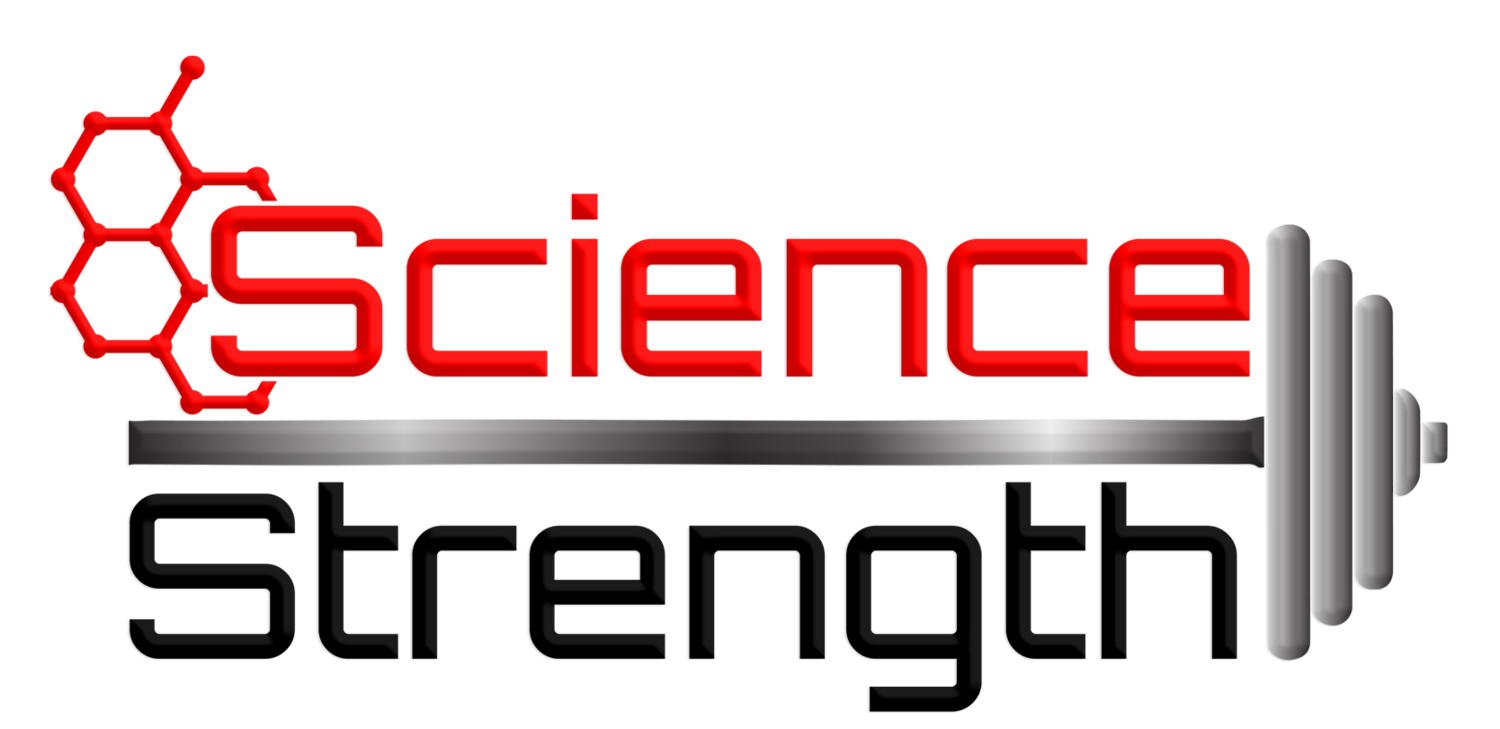Eat every two to three hours and you will gain muscle and burn fat! The belief that frequent consumption of smaller meals enhances muscle protein synthesis is wide spread in the bodybuilding community. However, there is a lack of scientific evidence that a frequent meal pattern raises energy expenditure and improves body composition.1
Improving body composition implies losing fat and gaining muscle for most people in the athletic community. For fat loss as a goal, it is fairly simple – it requires energy deficit. The issue with muscle gain is a little bit trickier. In the human body there is a balance between muscle protein breakdown and the synthesis of new proteins (protein turnover). If muscle protein breakdown predominates, we lose muscle. If muscle protein synthesis prevails, we gain muscle. Following, I explain nutritional strategies how to increase muscle protein synthesis in order to shift protein turnover towards muscle protein synthesis.
General guideline
Consume larger protein doses (25-50 g protein per meal) every 4-5 hours to maximize muscle protein synthesis.
Meal frequency
Some research suggests that consuming 4 protein-rich meals a day is more beneficial than spreading protein intake evenly throughout the day2
Protein dose
The essential amino acid leucine plays an important role in muscle protein synthesis. It is necessary to reach the upper end of the leucine threshold (1.7-3.5 g leucine per meal) in order to obtain the highest response.3
For individual who are new to resistance training the lower end of the protein dose range (1-1.7 g leucine) seems to be sufficient to achieve high anabolic response.4,8 However, the elderly (and maybe even advanced trainees) should try to reach the upper end of this leucine threshold (~3.5 g).5
Plant protein sources contain approximately 6-8% leucine.3 This means, that a protein amount between 24 g and 50 g should be consumed per meal to reach the dose for optimal anabolic response.
(Explanation: If I assume that 7% leucine is the average value for the leucine content of plant protein sources, then I can calculate that 1.7 g leucine is present in 24 g protein and 3.5 g leucine in 50 g plant protein)
Between meals high carbohydrate (low protein) foods seem to be good snack options. The idea is to raise plasma insulin level. The rate of muscle protein synthesis and plasma insulin level drop at the same time (approx. 3 hours after a meal), whereas the leucine concentration stays still elevated in the blood steam.6
Also, some research suggests that essential amino acid intake between meals leads to increased anabolic response.7 A possible explanation is that the ingestion of rapidly digested, free amino acids can result in a supraphysiological amino acid rise in the blood stream and induce muscle protein synthesis.6 However, in this study7 the group that received essential amino acids in addition to normal meal, had a higher total protein intake compared to the control group. For this reason, the results of this study are not conclusive in my opinion.
Food combinations listed above provide 24-30 g protein per serving (at least 1.7g leucine). For more than 30 g protein the suggested serving size should be increased. Another option is the utilization of protein powder. You can add it to pancakes, bread or soups for instance, to increase the protein content or have protein bar/cookie/brownie/muffin as dessert after each meal.
Post-workout recommendations:
For elderly individuals: ~45-50g rice or pea protein
For beginners: at least 25g rice or pea protein
For trained individuals: 33-40g rice or pea protein
Notes The guidelines presented here are based on research studies. However, scientists publish means. The published findings don’t necessarily apply to each single individual. Also, the outcome of a study depends on several factors, such as the examined individuals (young, elderly, resistance trained, newbies, etc.) and the used protocol that is often difficult to follow in the real life (e.g. calorie and nutrient matched liquid meals). For this reason, please, take the suggestions I made as a guideline. Your muscle won’t fall off if you can’t precisely follow these guidelines.
References
(1) Helms, E. R.; Aragon, A. a; Fitschen, P. J. J. Int. Soc. Sports Nutr.2014, 11, 20.
(2) Norton LE, Wilson GJ. Optimal protein intake to maximize muscle protein synthesis and frequency for athletes. AgroFOOD Ind hi-tech. 2009;20(2):54–7.
(3) Joy, J. M.; Lowery, R. P.; Wilson, J. M.; Purpura, M.; De Souza, E. O.; Wilson, S. M.; Kalman, D. S.; Dudeck, J. E.; Jäger, R. Nutr. J.2013, 12, 86.
(4) Babault, N.; Païzis, C.; Deley, G.; Guérin-Deremaux, L.; Saniez, M.-H.; Lefranc-Millot, C.; Allaert, F. A J. Int. Soc. Sports Nutr.2015, 12, 3.
(5) Aragon, A. A.; Schoenfeld, B. J. 2013.
(6) Norton, L. E.; Wilson, G. J. 54–57.
(7) Paddon-Jones, D.; Sheffield-Moore, M.; Aarsland, A.; Wolfe, R. R.; Ferrando, A. A Am. J. Physiol. Endocrinol. Metab.2005, 288, E761–7.
(8) Cuthbertson, D.; Smith, K.; Babraj, J.; Leese, G.; Waddell, T.; Atherton, P.; Wackerhage, H.; Taylor, P. M.; Rennie, M. J The FASEB journal. 2005, 19, 422-424.


